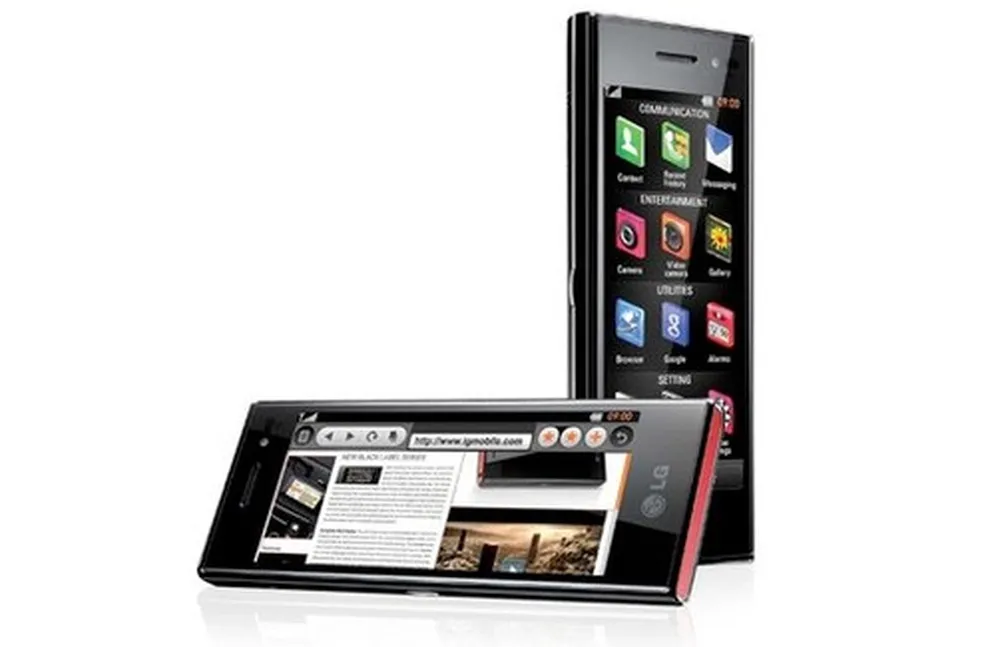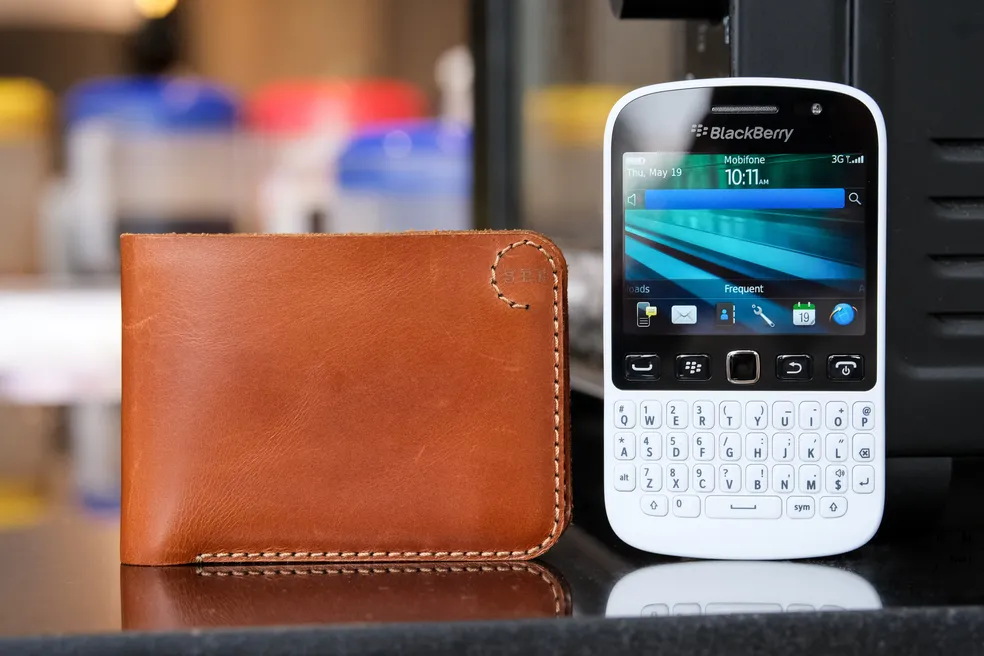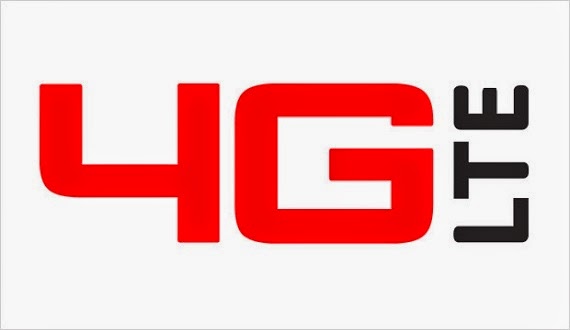What is G, E, 3G, H, H+, 4G, 4G+, and 5G? The letters that appear next to your phone’s signal bar indicate the technology you are currently using to access the Internet and also the speed of your connection. It is important to know these symbols, as they directly affect the quality of your navigation and the speed of downloading content.
Currently, offering 5G internet support is becoming standard among smartphone launches. Nevertheless, other technologies are still present in everyday life. Check out in the following lines the stages of mobile network evolution and their significance.
What is the letter G or GPRS?
The abbreviation “G” stands for “GSM” or Global System for Mobile Communications and refers to a widely used mobile network that allows telephone calls and Internet access. GPRS, on the other hand, stands for “General Packet Radio Service” and is a data transfer technology that allows the transmission of information in packets, commercially launched in 2000. Although it is older, it is widely used in regions where next-generation networks are not available, such as remote rural areas, for example.
The presence of the “G” or “GPRS” on top of the cell phone indicates that the device is connected to the mobile network and ready to access the Internet. However, the connection speed is quite slow. This is because the data transfer rate varies between 56 Kbps and 114 Kbps and is only suitable for sending text messages over the network. Despite the prominence of this type of technology in simpler cell phones of the past, the first one implemented by the industry was the 1G.
What is E or EDGE?

The letter “E” or “EDGE” (English acronym for Enhanced Data Rates for GSM Evolution) is the next generation of “G” or “GPRS”. “EDGE” was developed by the telecommunications industry to meet the growing demand for mobile Internet access. It offers better speeds than the previous generation but is still insufficient for an optimal browsing experience. Web page loading times are often slow.
Generally, the data speed of such a network is between 400 Kbps and 1 Mbps. This makes “EDGE” seen by some experts as a kind of “2.75G”. The main advantage of its use by the industry since 2003 is the similar speed to 3G, but without the requirement for upgrades of existing infrastructure.
What is 3G?

The third generation of mobile Internet is made up of an alphabet soup of letters, each acronym explaining the degree of maturity of 3G technology. The first of these is “UMTS”, which stands for “Universal Mobile Telecommunications System”. While download speeds of up to 2 Mbps are not impressive today, 3G UMTS-type networks were the first to support video calls.
It was from this that the mobile industry took off and the first smartphones began to appear. The user could increasingly use the mobile device to access web pages, download e-mail attachments, and stay connected to messaging services such as BBM and ICQ. Then there is “HSPA” (“High-Speed Packet Access”) and its more advanced version, “HSPA+”.
What is H or HSDPA?
Created in 2005 as an evolution of 3G technology, HSDPA stands for “High Speed Downloading Packet Access” and came intending to offer a faster and more efficient mobile Internet connection. The network was developed by leading mobile operators and equipment manufacturers at the time, such as Ericsson, Nokia, and Huawei.
The speed of up to 14 Mbps allows the user to consume high-resolution videos on streaming services such as YouTube and Netflix, for example, even if this experience is sometimes accompanied by buffering – that time waiting for a video to load when the internet is slower.
What is H+ or HSDPA Plus?
The “Plus” version of HSDPA was commercially called 3.5G by phone carriers and emerged in the early 2010s. This is the fastest data network before the adoption of 4G and has a maximum download speed of up to 42 Mbps – three times the rate of conventional HSDPA. With this, video in Full HD resolution can now be experienced.
What is 4G LTE?

LTE is the English acronym for “Long Term Evolution” and corresponds to the beginning of the fourth generation of mobile networks: the famous 4G. This network offers speeds of up to 150 Mbps. In other words, it is superior to many broadband connections, despite the likely considerably worse latency that makes it inadvisable for some games.
Nevertheless, LTE is already sufficient for the uninterrupted transmission of 4K videos on streaming services such as Netflix and YouTube. More complex web pages also tend to load more easily on 4G. The first commercial LTE service was launched in 2009 – a year before H+.
What is LTE-A or 4G+?
The addition of the letter “A” in LTE comes from “advanced”. This is the intermediate stage between 4G and 5G and came about around 2010 when the telecommunications industry began looking for ways to increase the speed and efficiency of mobile connections. LTE-A was launched in 2011.
Under ideal infrastructure conditions, LTE-A can achieve between 300 Mbps and 600 Mbps of speed. This is possible due to “carrier aggregation” technology, which uses multiple 4G signals and antennas simultaneously. This process is also known as MIMO (short for “Multiple Input Multiple Output”).
It is possible to see in the market the use of the jargon 4G+ and 4.5G. These two have a difference, since the former uses two frequency bands at the same time, while the latter works with three frequency bands simultaneously, with four antennas for transmission and four for the reception.
What is 5G?

The fifth generation mobile internet (5G) was only officially launched in 2009, but it had already been in development since 2009. The “pure” version of the technology and the main highlight is the superiority of the connection. This is because 5G can achieve average download speeds of over 1 Gbps, as well as reduced latency.
With this, the network supports more connected devices at the same time. In addition, 5G also enables applications in areas such as the Internet of Things (IoT), and virtual and augmented reality.
This post may contain affiliate links, which means that I may receive a commission if you make a purchase using these links. As an Amazon Associate, I earn from qualifying purchases.

